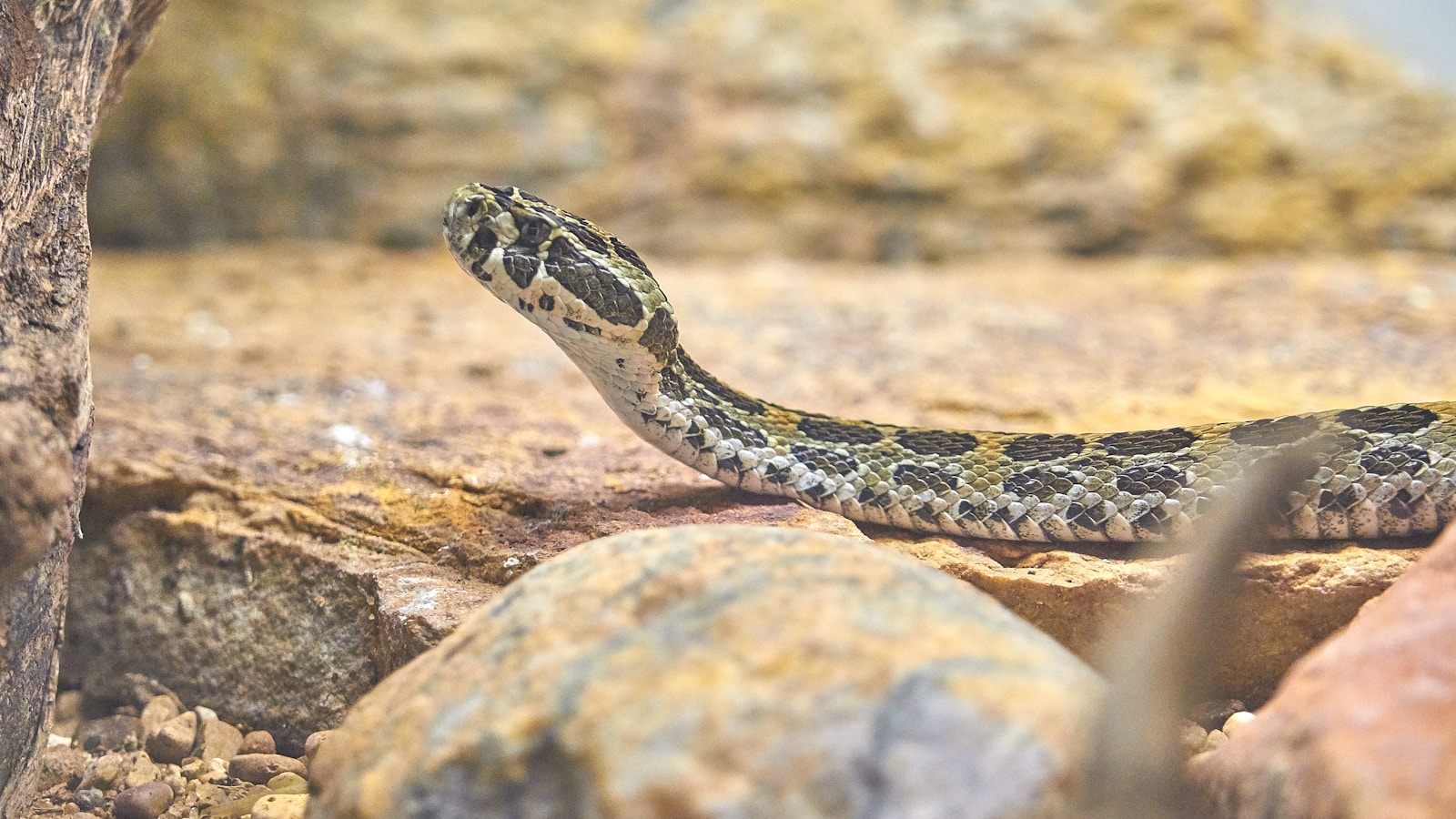In the fascinating world of reptilian behavior, few activities are as essential to a snake’s well-being as thermoregulation through sunbathing. Unlike mammals, snakes are ectothermic creatures, meaning they rely on external heat sources to regulate their body temperature. While this might seem like a simple matter of finding any warm spot, the reality is far more complex. Snakes have developed sophisticated methods for selecting the ideal basking locations, with rock selection being a particularly nuanced process. From assessing thermal properties to considering safety factors, these remarkable creatures employ surprisingly selective criteria when choosing their sunbathing spots. Let’s explore the intricate decision-making process that occurs when a snake seeks out the perfect rock for basking in the sun’s warming rays.
The Vital Importance of Thermoregulation for Snakes
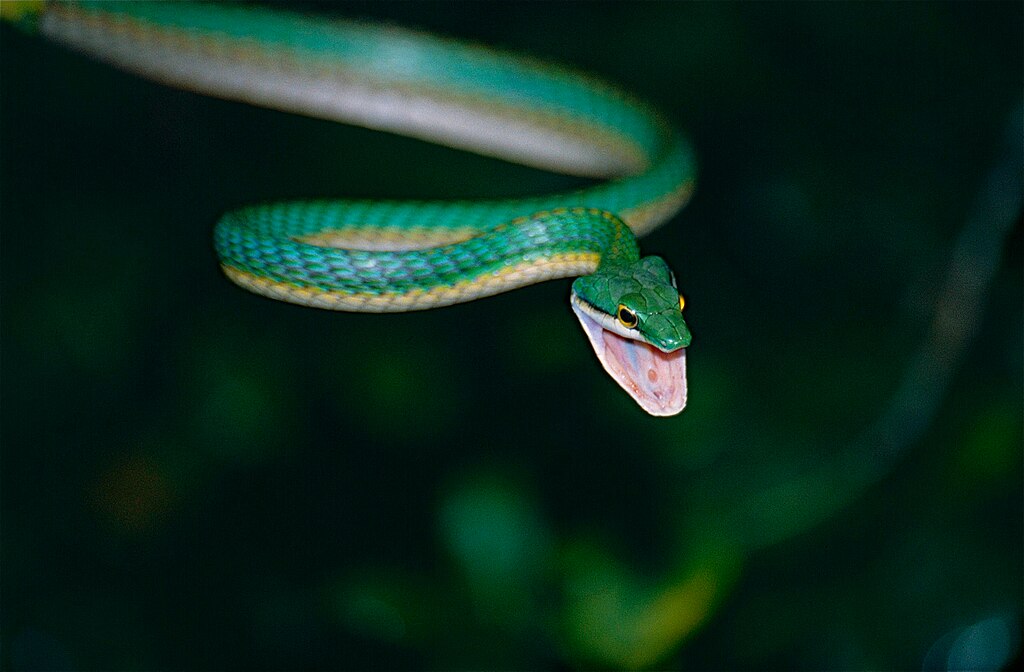
For snakes, basking isn’t just a luxury—it’s a biological necessity critical to their survival. Unlike mammals and birds that generate internal heat, snakes must absorb warmth from their surroundings to maintain optimal body temperature, a process known as thermoregulation. This temperature control directly affects every aspect of their physiology, from metabolic rate and digestion efficiency to immune function and reproductive capacity. When a snake’s body temperature falls too low, they become sluggish and vulnerable, unable to effectively hunt, digest food, or escape predators. Conversely, overheating can lead to heat stress and potentially death, making the selection of appropriate basking sites not merely a preference but a life-or-death decision for these remarkable reptiles.
Thermal Properties: The Snake’s Primary Consideration
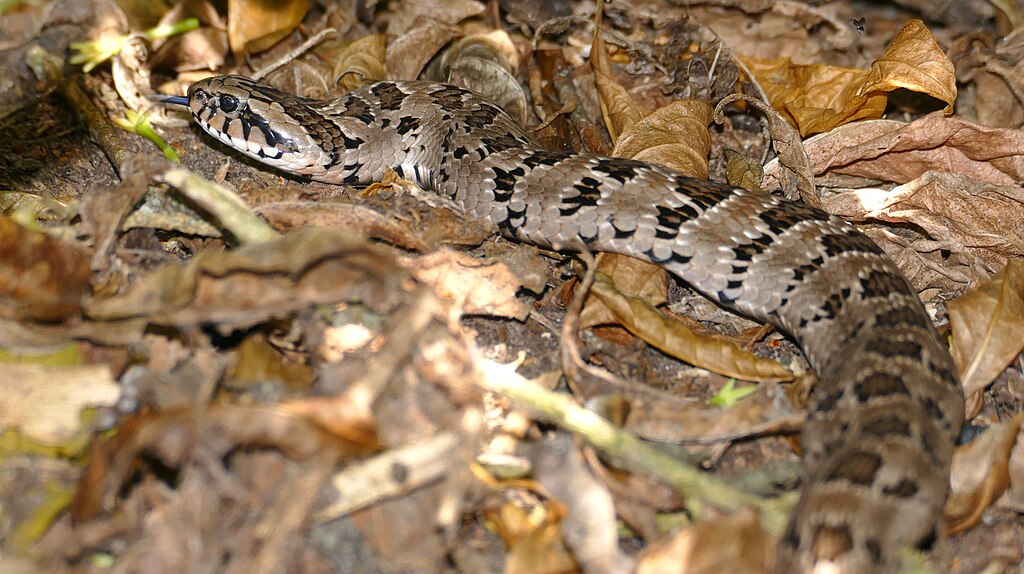
When evaluating potential sunbathing rocks, snakes instinctively prioritize thermal properties above all else. Dark-colored rocks are particularly prized as they absorb and retain heat more efficiently than lighter-colored stones, providing a longer-lasting and more consistent heat source. The density and mineral composition of the rock also play crucial roles, as denser materials typically offer superior heat retention capabilities. Snakes have been observed showing preference for rocks with optimal thermal mass—those substantial enough to store significant heat but not so massive that they take too long to warm up in the morning sun. This delicate balance ensures the rock serves as both an immediate warming platform and a sustained heat source even during brief cloudy periods.
Surface Texture and Comfort Factors
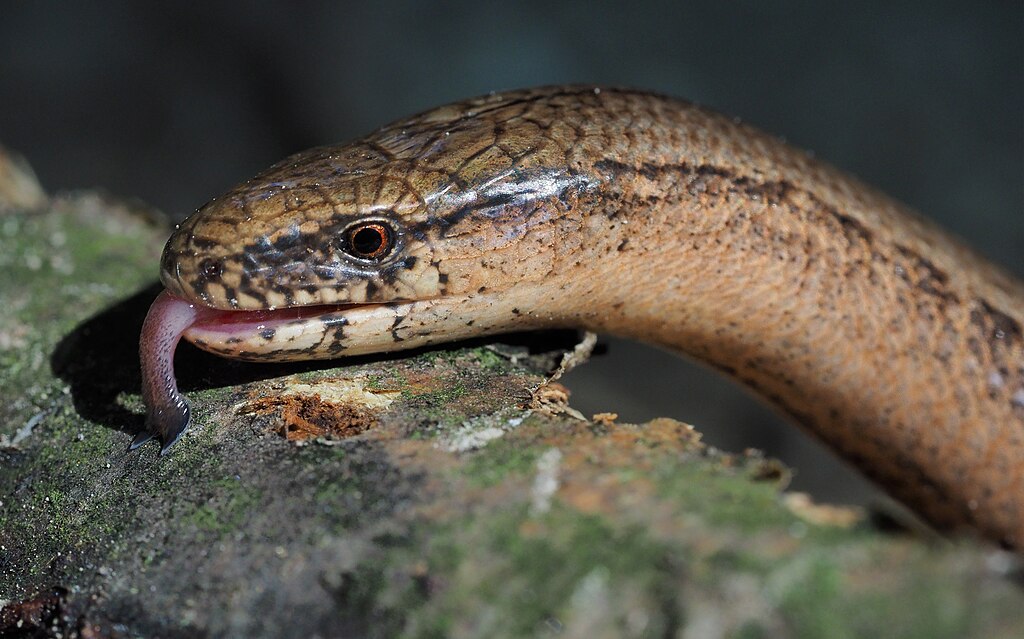
The texture of a rock’s surface significantly influences a snake’s basking experience and subsequent rock selection process. Snakes typically favor slightly rough surfaces that provide traction and security over completely smooth rocks that might become slippery, especially for larger species. However, they generally avoid extremely jagged or sharp surfaces that could potentially damage their sensitive belly scales. Some species demonstrate preferences for rocks with small depressions or contours that conform to their body shape, creating more surface contact for efficient heat transfer. Researchers have noted that certain snakes will return repeatedly to rocks with these ideal textural characteristics, suggesting they develop preferences based on physical comfort as well as thermal benefits.
Size Compatibility: Finding the Right Fit

Snakes exhibit remarkable discrimination when selecting basking rocks based on their own physical dimensions. Larger snake species naturally gravitate toward more substantial rocks that can accommodate their entire body length or at least a significant portion of it. This size compatibility ensures maximum surface contact between the snake’s body and the warm rock, optimizing heat transfer efficiency. Smaller snake species, conversely, often prefer more modest-sized rocks that better match their proportions and provide a sense of security. Juvenile snakes frequently select different rocks than adults of the same species, demonstrating an innate understanding of their own spatial requirements. This size-based selection process represents a sophisticated adaptation that helps snakes maximize the benefits of their sunbathing sessions.
Strategic Positioning and Sun Exposure
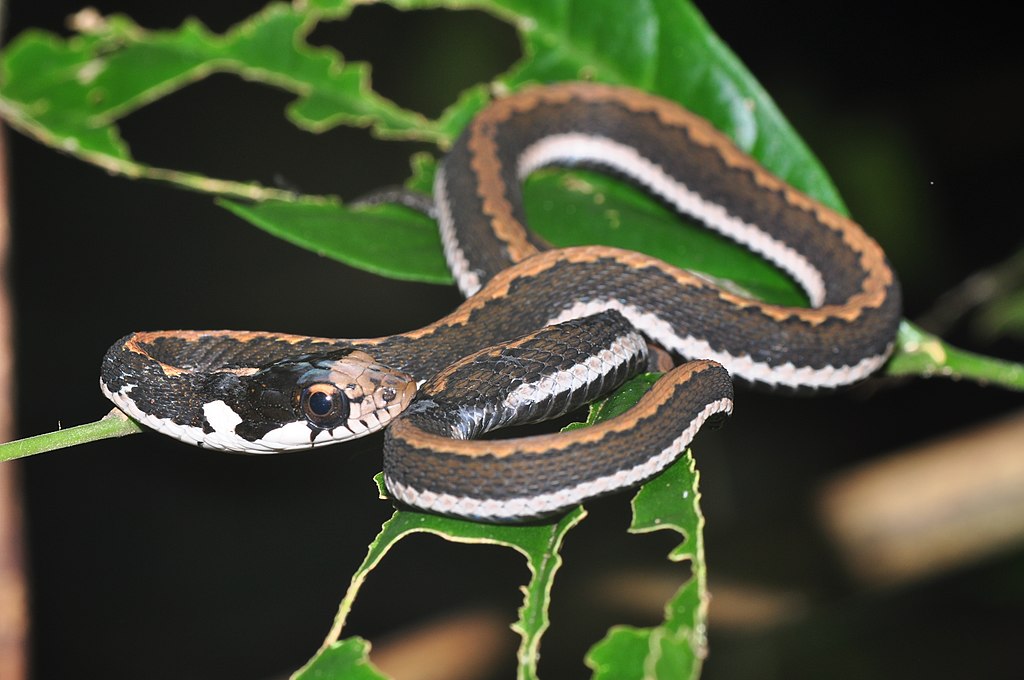
The location of a potential basking rock relative to sunlight patterns is perhaps the most critical factor in a snake’s selection process. Snakes demonstrate remarkable awareness of how sunlight moves throughout the day, often choosing rocks positioned to receive maximum direct sunlight during peak basking hours. In temperate regions, south-facing rocks (or north-facing in the Southern Hemisphere) are particularly valuable as they receive longer sun exposure. Many snake species have been observed returning to the same strategically positioned rocks day after day, suggesting they remember and value locations with optimal sun alignment. During seasonal transitions, snakes often adjust their rock preferences to accommodate changing sun angles, showing sophisticated adaptation to annual solar patterns.
Safety and Predator Avoidance Considerations
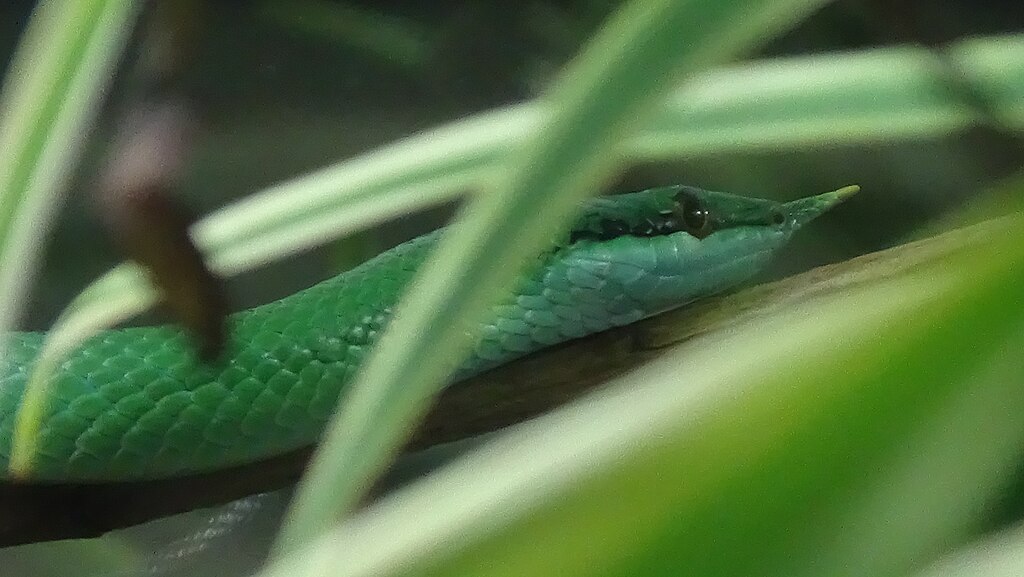
Even while pursuing the essential activity of thermoregulation, snakes remain vigilant about potential threats, incorporating safety assessments into their rock selection process. Ideal basking rocks typically offer quick escape routes, such as nearby crevices, vegetation, or water bodies where the snake can retreat if danger approaches. Many species prefer elevated rocks that provide better visibility of surroundings, allowing them to detect predators while simultaneously soaking up warmth. Some snakes select rocks adjacent to protective cover, enabling them to bask with part of their body exposed to sun while keeping another portion sheltered. This balance between optimal thermal benefits and predator avoidance represents a sophisticated risk-assessment strategy that has evolved over millions of years.
Seasonal Variations in Rock Preferences

Snake basking behavior and rock selection criteria undergo distinct seasonal shifts in response to changing environmental conditions. During spring emergence from hibernation or brumation, snakes often prioritize rocks with maximum heat absorption capacity to rapidly increase their body temperature after months of metabolic slowdown. In contrast, summer basking typically involves more careful selection of rocks that won’t overheat, sometimes featuring partial shade or proximity to cooling retreats. Fall basking behavior shifts again, with snakes frequently selecting rocks that retain heat longer into the evening hours as ambient temperatures begin to drop. These seasonal adaptations in rock selection demonstrate the remarkable environmental sensitivity these reptiles possess, allowing them to optimize thermoregulation year-round.
Microclimates: The Hidden Factor in Rock Selection
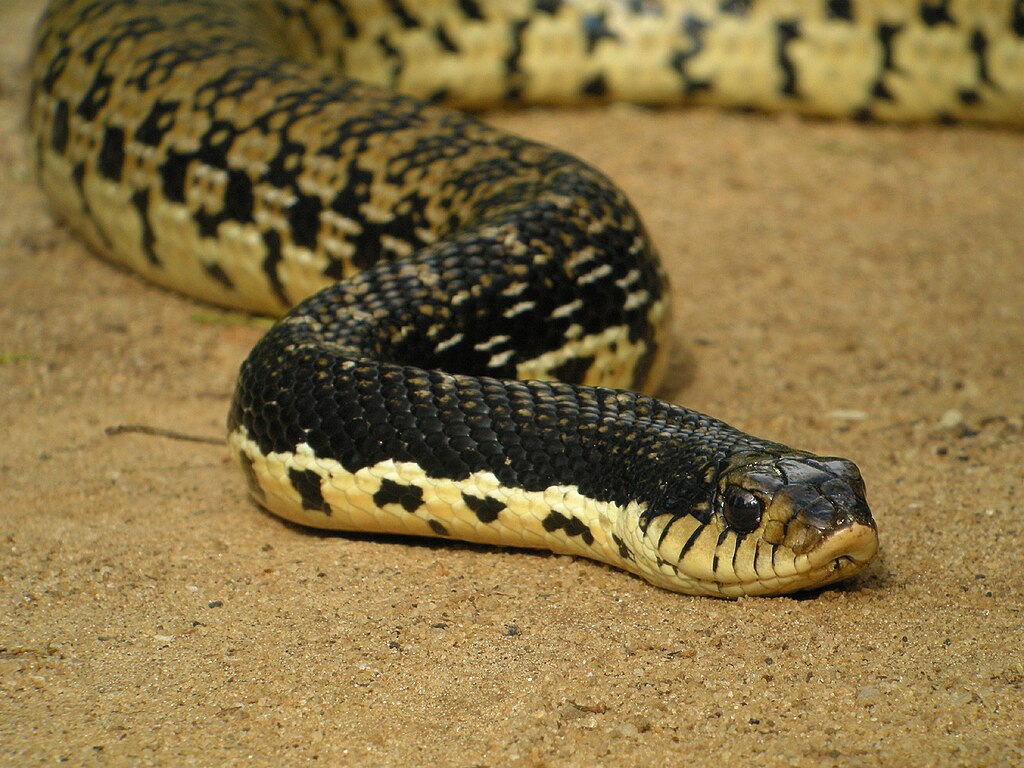
Snakes possess an extraordinary sensitivity to the microclimates created by different rock formations, often detecting subtle thermal variations imperceptible to human observers. They frequently select rocks that create beneficial air pockets beneath or around them, providing additional insulation or cooling effects depending on seasonal needs. Humidity levels around potential basking rocks also influence selection, with some species preferring sites that maintain optimal moisture levels for skin health and shedding processes. Rocks that capture morning dew or evening condensation may be preferred in arid environments, offering hydration opportunities alongside thermal benefits. This microclimate awareness demonstrates the sophisticated environmental assessment skills that guide snake behavior in their natural habitats.
Communal Considerations in Rock Selection
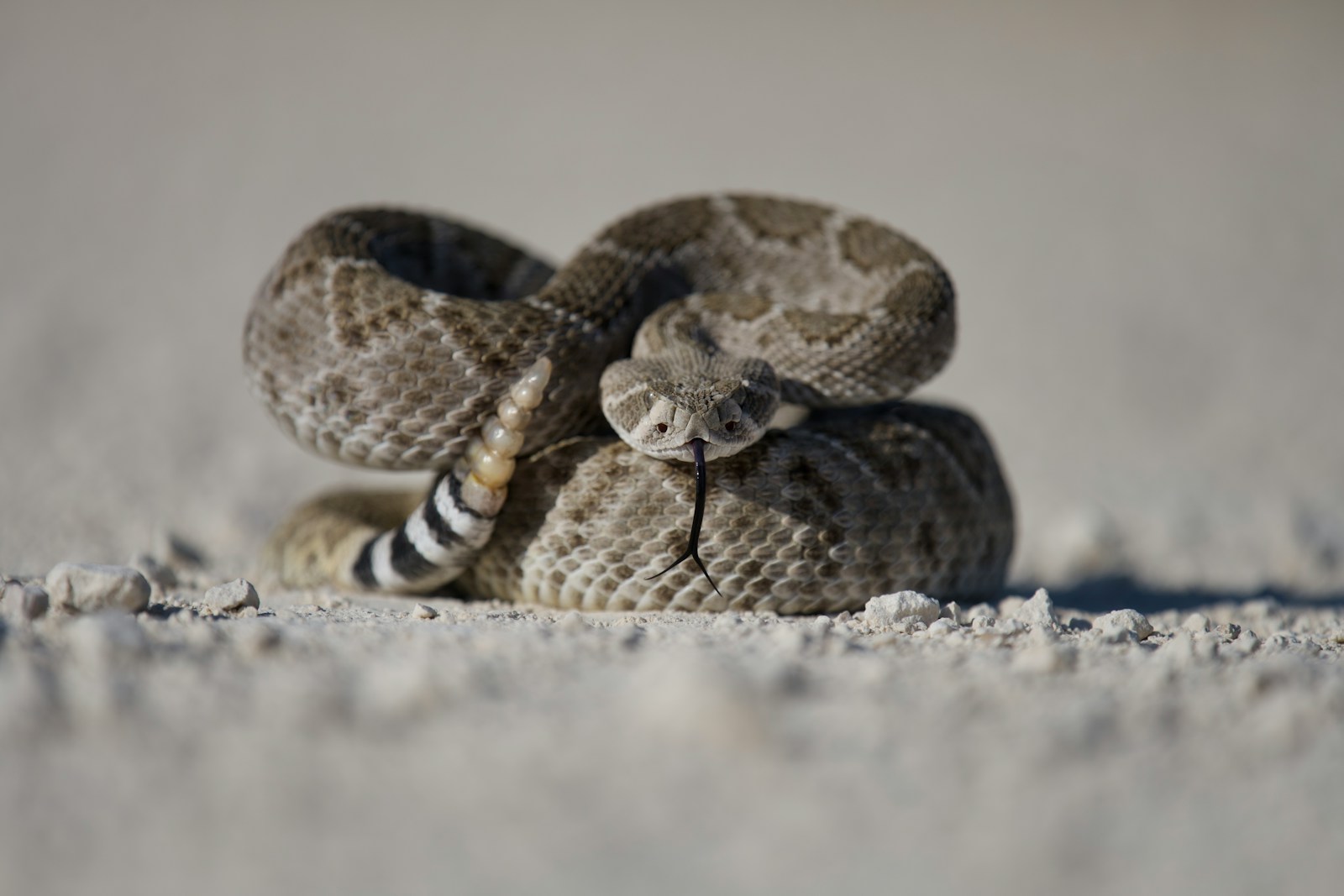
In regions where multiple snakes inhabit the same area, rock selection can take on social dimensions that influence individual choices. Prime basking rocks sometimes become communal sites where multiple snakes may gather, particularly in cooler seasons when optimal basking locations are limited. Dominance hierarchies can emerge around particularly desirable rocks, with larger or more aggressive individuals claiming and defending prime positions. Some species practice a form of time-sharing, with different individuals using the same optimal rock at different times of day based on established patterns. Researchers have observed that even typically solitary snake species may tolerate closer proximity to conspecifics when exceptional basking rocks are involved, highlighting the critical importance of these thermal resources.
Learning and Memory in Basking Site Selection

Contrary to outdated perceptions of reptiles as purely instinctual creatures, snakes demonstrate impressive cognitive abilities in their approach to finding and remembering ideal basking locations. Many species exhibit clear spatial memory, returning to the same effective basking rocks day after day, sometimes traversing significant distances to reach known quality sites. This rock fidelity suggests snakes form mental maps of their territory that include thermal resource locations. Experimental studies have shown that some snakes can learn to associate certain rock characteristics with thermal benefits, gradually refining their selection criteria through experience. Young snakes have been observed adopting the basking site preferences of older individuals, suggesting a form of social learning may influence rock selection in some species.
Rock Selection Differences Across Snake Species
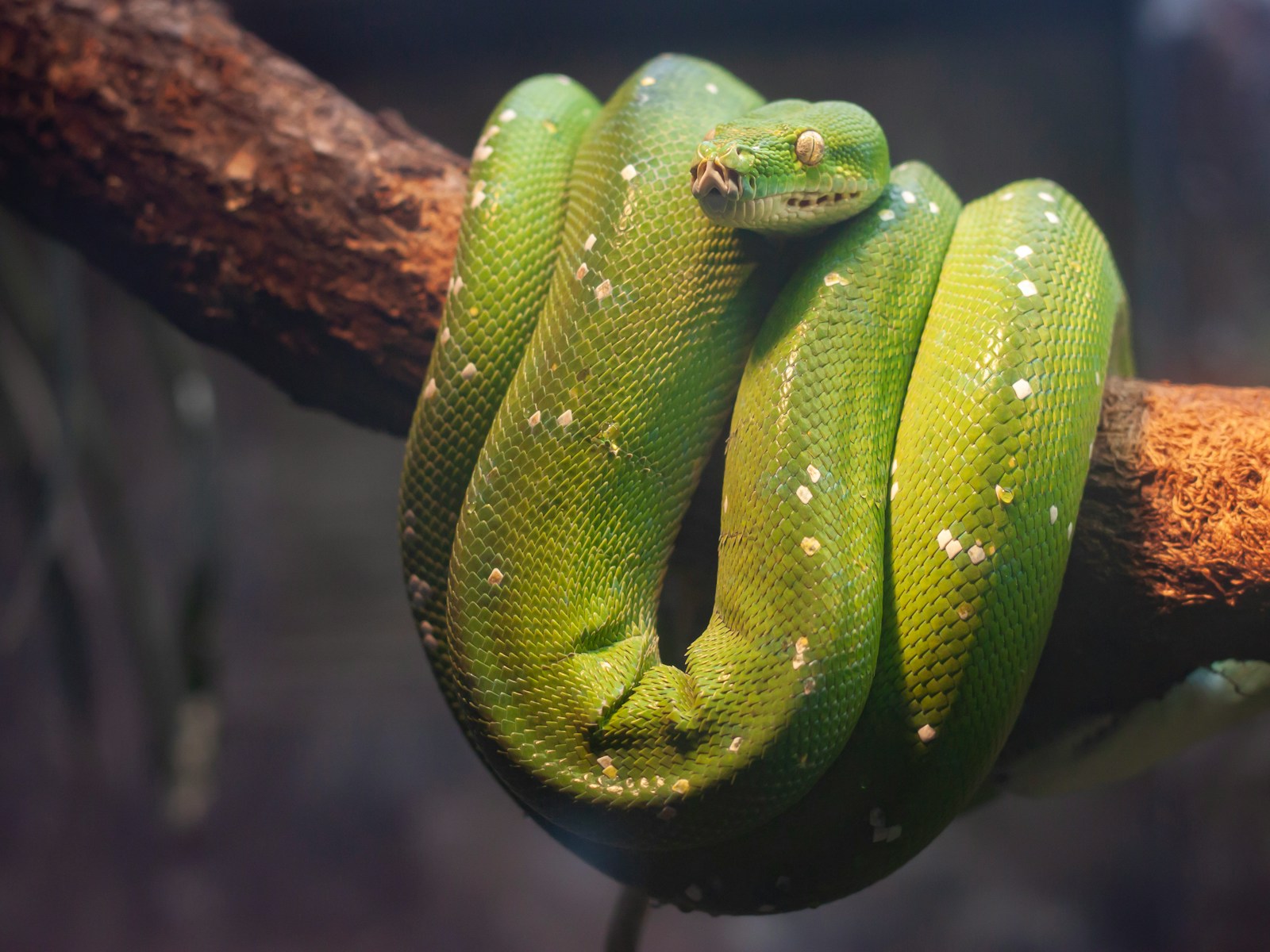
While all snakes share the fundamental need for thermoregulation, their specific approaches to rock selection vary significantly across species, reflecting evolutionary adaptations to different habitats. Desert-dwelling species like rattlesnakes often prioritize rocks with exceptional heat retention properties that remain warm well into the night hours. Conversely, forest-dwelling species such as rat snakes frequently select rocks in dappled light environments that prevent overheating. Semi-aquatic species like water snakes typically choose rocks positioned near water bodies, allowing quick temperature regulation through water immersion if necessary. Mountain-dwelling species have evolved preferences for rocks with optimal insulating properties to cope with rapid temperature fluctuations at higher elevations. These species-specific preferences demonstrate how thermoregulatory behaviors have been fine-tuned through natural selection to match each species’ ecological niche.
Human Impact on Snake Basking Habitat
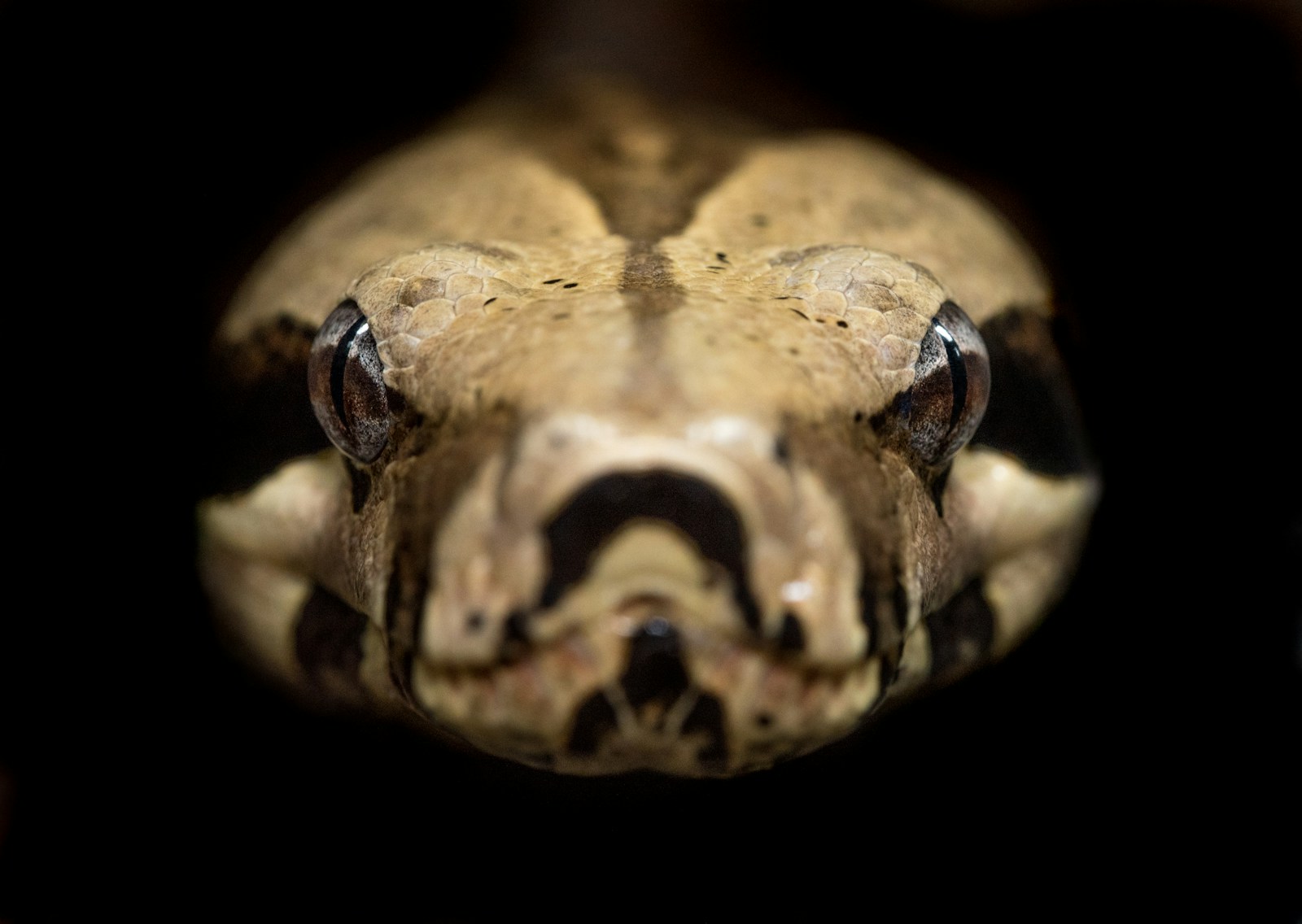
Human activities have significantly altered the availability and quality of suitable basking rocks for many snake populations worldwide. Rock removal for construction, landscaping, and souvenir collection has eliminated crucial thermal resources in many natural areas, forcing snakes to use suboptimal basking sites. Habitat fragmentation through development creates barriers between snakes and their preferred basking locations, disrupting established thermoregulatory patterns. Even well-intentioned conservation efforts sometimes overlook the specific rock characteristics needed by local snake species, failing to preserve or restore these essential microhabitats. Conservation biologists are increasingly recognizing the importance of maintaining diverse rock features in snake habitats, incorporating specific guidelines for rock preservation and placement in habitat management plans to support healthy snake populations.
Creating Snake-Friendly Basking Areas in Captivity

For reptile enthusiasts keeping snakes in captivity, understanding natural rock selection behavior is essential for creating appropriate thermoregulatory opportunities. Successful captive habitats include rocks carefully chosen to match the thermal preferences of the specific snake species, often incorporating heat-absorbing materials like slate or basalt. Positioning these rocks under appropriate heat sources with thermal gradients allows captive snakes to thermoregulate effectively, mimicking their natural behavior patterns. Thoughtful keepers consider not just the thermal properties but also the texture, size, and elevation of basking rocks, creating environments that support natural behaviors. Providing multiple rock options with different thermal characteristics allows captive snakes to make choices similar to those they would make in the wild, contributing significantly to their physical and psychological well-being.
Conclusion

The seemingly simple act of a snake selecting a sunbathing rock reveals a complex decision-making process shaped by millions of years of evolution. Far from random, these choices reflect sophisticated assessment of thermal properties, physical comfort, safety considerations, and environmental factors. This remarkable behavior demonstrates that snakes possess far greater environmental awareness and cognitive sophistication than they are often credited with. Understanding these selection processes not only enriches our appreciation of these fascinating reptiles but also provides valuable insights for conservation efforts and captive care practices. By recognizing the importance of diverse rock features in snake habitats, we can better protect these essential microhabitats and support healthy snake populations in an increasingly changing world.

